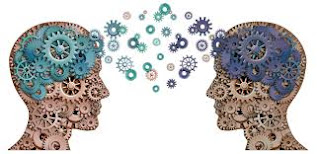Knowledge exists in two forms:
explicit and tacit
Explicit knowledge is easily codified and conveyed to others
Tacit knowledge is more experiential, subjective and personal, and substantially more difficult to convey
Although it is more difficult to manage, tacit knowledge is the primary target of many KM efforts, because it is the repository of the organization’s most strategically valuable knowledge
This is one of many challenges a company faces when it decides to implement KM.
Companies are most likely to have success with KM if they have:
- A clear idea of the features and functionality of KM products.
- An awareness of the business goals and the critical success factors to implement and roll out a KM program
- A thorough understanding of the role of technology in the implementation of a KM program.
Successful KM
- Identify the purpose of the KM program (internal vs. external focus and which type of internal focus)
- Have top management support — when the project has the blessing of the CEO and CIO, the roll out of the program is insured.
- Be at the core of medium to long term business goals. KM investments are not short-term financial investments.
- Break the cycle of information hoarding (intentional and non intentional). Information hoarding is sometimes the result of lack of tools to share the information, or of the non-realization that the information could actually be important to someone in another part of the organization. On the other hand, in a world where knowledge is power, it is difficult to convince some of the employees to let go of "proprietary" information, without proper incentives. In this case, the organization needs to prove to "knowledge holders" that they will benefit themselves from sharing information.
- Insure growth and flexibility — by providing the ability to customize and adjust the product over time.
- Manage the user base, by taking into consideration both heavy and light users. The solution should be able to organize the knowledge so it is most useful to the specific knowledge seeker. For example, I want it to give me knowledge relevant to my current knowledge level, so it is easier for me to understand. In addition, some of the users will be those that KM is their work, while others will be simply users of the information.


No comments:
Post a Comment